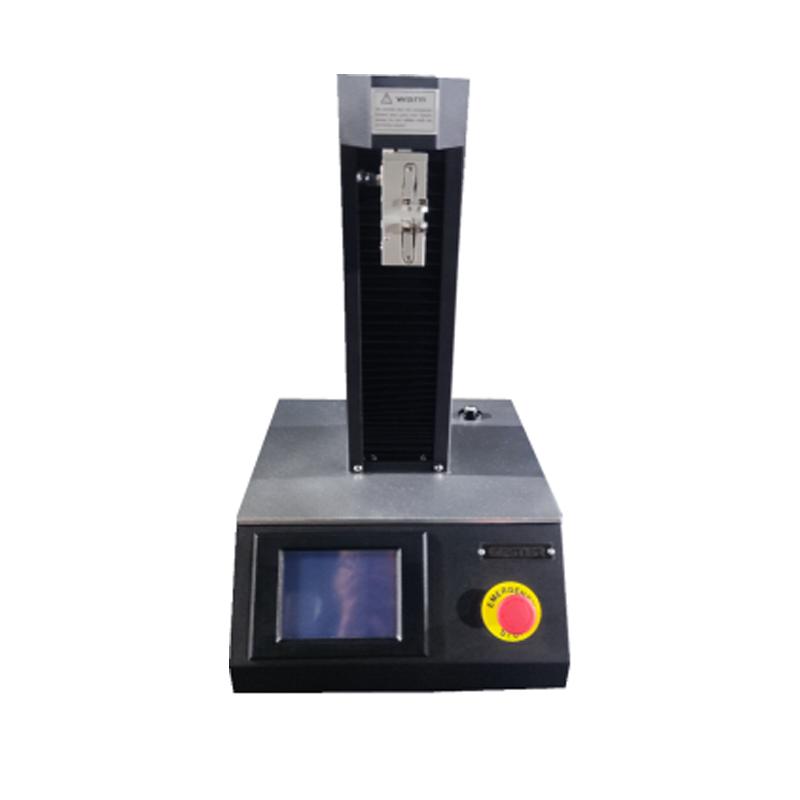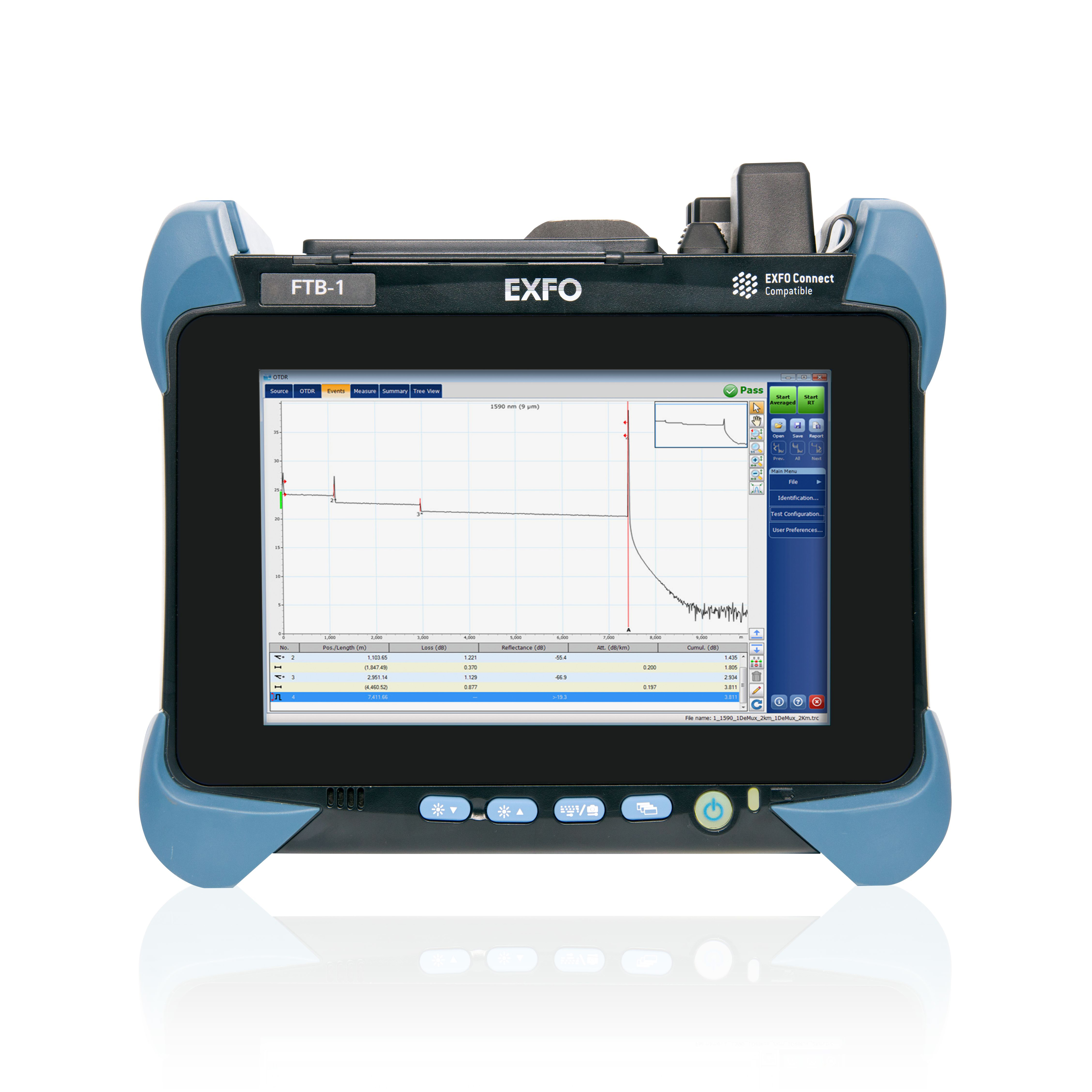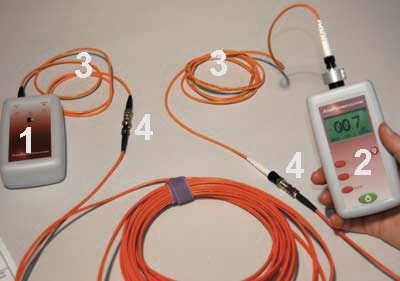Essential advantages of using fiber measurement for industrial optimization
A Comprehensive Guide to Optical Measurement System for Fiber Analysis
When it pertains to fiber evaluation, understanding optical measurement systems is crucial for evaluating performance and making sure top quality. You'll explore vital methods like interferometry and spectroscopy, which aid you measure essential specifications. There's more to it than just these methods; mastering attenuation measurement methods can considerably affect your network's performance. As you browse via this overview, you'll reveal understandings that might change your technique to optical fiber.
Comprehending Optical Measurement Solutions
When you discover optical measurement systems, you'll discover they're essential for analyzing fibers with precision. These systems utilize light to analyze numerous features of fibers, consisting of size, refractive index, and harmony. By utilizing techniques like interferometry and spectroscopy, you can gain valuable understandings right into the fiber's properties.You'll locate that these systems are created to reduce errors and enhance precision, making certain trustworthy information for your analysis. Different arrangements, such as single-mode and multi-mode systems, provide to particular fiber types, permitting you to select the most effective fit for your needs.Moreover, the assimilation of innovative software application tools aids you translate the information successfully, making it less complicated to determine any type of inconsistencies or issues. As you check out much deeper right into these measurement systems, you'll appreciate how they simplify the analytical process and enhance the total high quality of fiber manufacturing and screening.
Secret Parameters for Fiber Analysis
Trick parameters for fiber evaluation play an important role in establishing the top quality and performance of fiber optics. When you assess a fiber, you'll wish to concentrate on features such as attenuation, bandwidth, and modal diffusion. Depletion determines the loss of signal toughness as light travels with the fiber. A reduced attenuation worth suggests far better top quality and longer transmission distances - optical fibre diameter analyzer.Bandwidth describes the data-carrying ability of the fiber and is important for high-speed interaction. You'll require to evaluate the bandwidth to ensure it fulfills your application needs. Modal dispersion, which occurs from the various speeds at which light journeys with various modes in multimode fibers, affects signal clarity
Strategies for Attenuation Measurement

Transmission capacity and Its Influence On Performance
Understanding transmission capacity is essential for optimizing fiber efficiency, as it directly influences the quantity of data that can be sent over a network. Greater data transfer indicates you can send even more information simultaneously, enabling for faster interaction and much better overall performance. When you're working with optical fibers, it's vital to take into consideration exactly how bandwidth interacts with fiber qualities, such as core dimension and product properties.If the transmission capacity is limited, you may experience data loss or slower speeds, impacting your applications. In addition, various kinds of fibers can support differing transmission capacity levels, so it is essential to select the best fiber for your specific needs.You need to additionally maintain in mind that ecological aspects, like temperature level and exterior disturbance, can impact data transfer. By comprehending these elements, you can make informed decisions to improve your fiber optic systems, making sure dependable and efficient information transmission.
Refractive Index Measurement Approaches

Overall Interior Representation
Overall interior reflection (TIR) functions as a fundamental principle for measuring the refractive index of fibers. When light travels from a denser medium to a much less thick one, it can only be fully reflected if the angle of occurrence exceeds a details threshold, referred to as the critical angle. This phenomenon permits you to establish the refractive index by evaluating the angles at which light mirrors or refracts. By utilizing a configuration that guides light into a fiber and measures the resulting angles, you can calculate the refractive index precisely. Comprehending TIR not only boosts your fiber analysis but likewise improves the layout and Get More Info performance of optical systems. So, leveraging TIR can lead to more reliable fiber-based applications.
Interferometric Methods
Building on the concepts of complete interior representation, interferometric techniques give a powerful ways for gauging the refractive index of fibers with high precision. These methods manipulate the disturbance patterns developed when beams split and recombine after taking a trip various paths. You can make use of arrangements like the Michelson or Mach-Zehnder interferometer to assess phase changes brought on by modifications in refractive index. By meticulously calibrating your system and evaluating the resulting edges, you can identify the refractive index with amazing accuracy. It's crucial to maintain stable ecological conditions to decrease errors. With these strategies, you'll boost your understanding of fiber properties, causing better performance in numerous applications, from telecommunications to sensing unit innovation.
Modal Diffusion and Its Relevance
Modal diffusion refers to the spreading of light pulses as they travel via a fiber, which can impact the total efficiency of the system. You'll see that this phenomenon can result in signify distortion, influencing information transmission prices and top quality. Recognizing its relevance is crucial for enhancing fiber optic designs.
Meaning of Modal Dispersion
In fiber optics communications, modal dispersion plays a considerable function in identifying signal high quality and transmission speed. It takes place when different light modes take a trip at varying rates via the fiber. Given that each setting has distinctive paths and characteristics, they can come to the receiving end at various times. This time around distinction can bring about signify dispersing and distortion, which can weaken the overall efficiency of the communication system. You may run into modal diffusion primarily in multimode fibers, where the several paths of light intensify the issue. Understanding modal dispersion is crucial for optimizing fiber styles and making sure that your communication systems run efficiently, maintaining the stability of the transmitted signals over longer distances.
Impacts on Fiber Efficiency
Comprehending modal dispersion aids highlight its results on fiber efficiency. This phenomenon occurs when various settings of light travel at differing speeds within the fiber, leading to indicate dispersing gradually. As you examine fiber optics, you'll observe that boosted modal diffusion can greatly click for source weaken signal top quality, leading to lowered data transfer and longer transmission distances. In useful terms, this indicates your data can arrive distorted or postponed, influencing total interaction performance. To mitigate these effects, you might consider utilizing single-mode fibers, which lessen modal dispersion. By picking the ideal fiber type and understanding just how modal diffusion affects performance, you can improve transmission high quality and warranty reliable data transfer in your optical measurement systems.
Devices and Technologies for Optical Measurements
When it comes to optical dimensions, numerous cutting-edge devices and modern technologies go to your disposal to improve fiber evaluation. You'll discover fiber optic testers, which evaluate signal high quality and performance, necessary for keeping suitable network effectiveness. Optical time-domain reflectometers (OTDRs) are important for finding faults and measuring loss over distances, giving thorough understandings right into fiber stability. Additionally, spectrometers can analyze light ranges, assisting you determine material residential properties and composition.Don' t ignore the value of imaging systems, like digital microscopic lens, that allow you to visually inspect fiber surface areas for problems. Also, take into consideration making use of polarization analyzers to determine stress and pressure in fibers, which is necessary for comprehending their actions under different conditions. By leveraging these devices and technologies, you can substantially enhance your fiber evaluation processes, ensuring dependability and high efficiency in your optical networks.
Often Asked Inquiries
What Are the Expenses Connected With Optical Measurement Systems?
The prices related to optical dimension systems can vary considerably. You'll require to assess tools prices, upkeep fees, software licenses, and possible training expenditures. Budgeting thoroughly will assist you prevent unexpected economic obstacles down the line.

How Typically Should Fiber Evaluation Be Carried Out?
You must execute fiber evaluation regularly, commonly every 6 months or after substantial adjustments in the environment (optical fibre diameter analyzer). This assures optimal performance and assists determine potential issues before they influence your system's efficiency and dependability
Can Optical Measurement Equipments Be Calibrated at Home?
Yes, you can adjust optical dimension systems in your home, but it requires accuracy. Ensure you follow the manufacturer's standards, utilize appropriate calibration criteria, and ascertain your results to guarantee precision in your measurements.
What Industries Commonly Make Use Of Optical Measurement Solutions?
You'll find optical dimension systems commonly made use of in markets like telecoms, manufacturing, medical care, and research study. They're necessary for top quality control, fiber analysis, and making certain exact measurements in different applications, enhancing performance and accuracy throughout industries.
Exist Any Type Of Safety And Security Interest In Optical Measurement Systems?
Yes, there are security concerns with optical measurement systems. You need to constantly wear protective glasses to shield your eyes from extreme light resources and guarantee appropriate training to handle devices securely and stay clear of accidents.